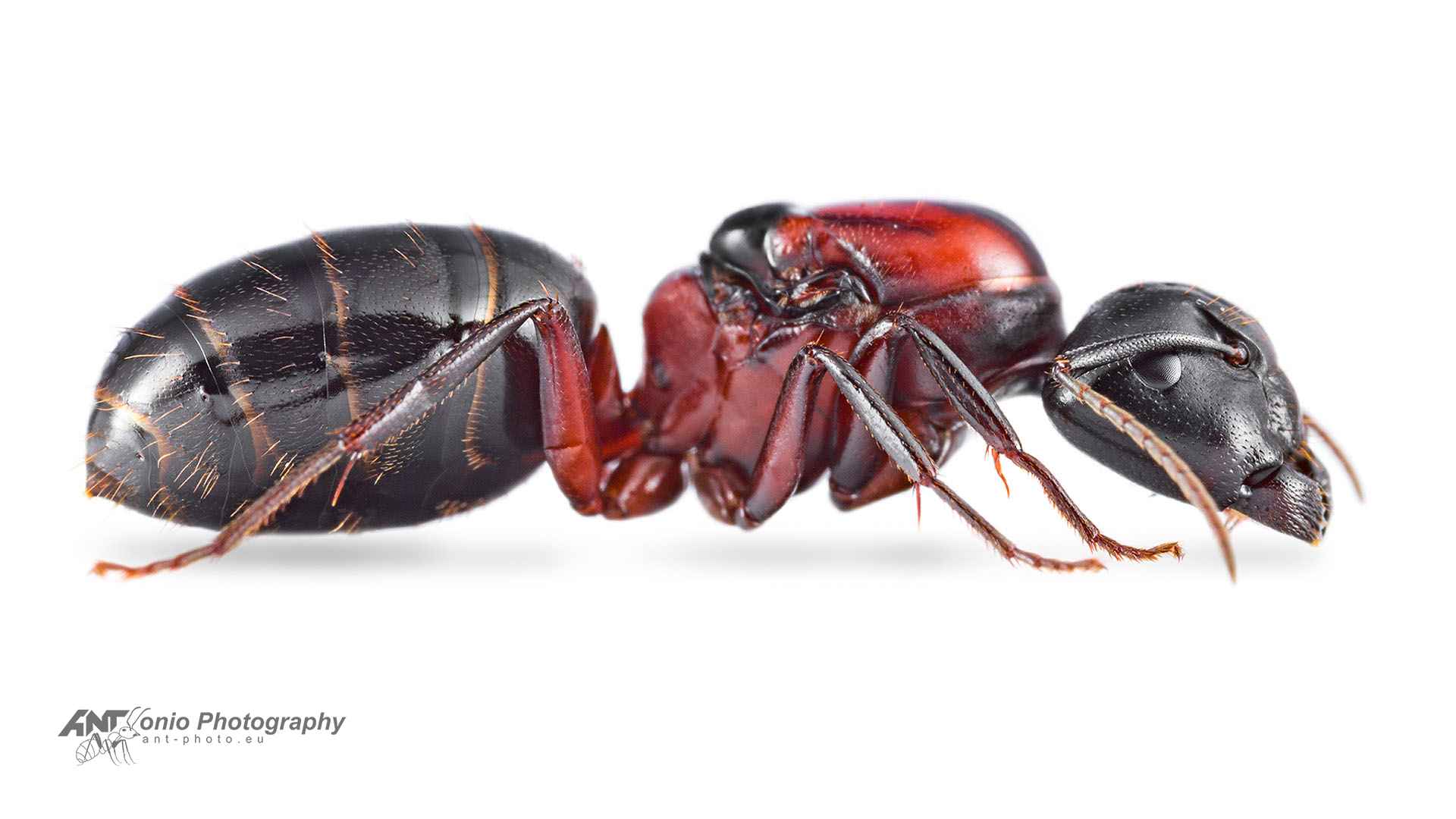Photo Credit: The amazing image used for the main picture in this post was taken by Kamil Stajniak from Poland. He has generously given us permission to use his photographs on our site. You can check out his other photographs on his website.
Red Carpenter Ants, known scientifically as Camponotus novaeboracensis, are fascinating insects with unique behaviors and important roles in their ecosystems. These ants are found in many parts of the world and are known for their strength, building skills, and complex social structures. Let’s explore what makes these ants so interesting and important.
Discovering the Red Carpenter Ant: Camponotus Novaeboracensis
Hey kids! Let’s learn about an amazing insect called the Red Carpenter Ant. This ant species is also known as Camponotus novaeboracensis. They have fascinating behaviors and play important roles in nature. Let’s find out what makes these ants so special!
What Are Red Carpenter Ants?
Red Carpenter Ants are large ants with a reddish-brown color. They are found in many parts of the world, including forests, fields, and even near our homes. Worker ants, the ants you usually see, can be 6 to 12 mm long. Despite their small size, they are very strong and can carry heavy things.
Home Builders in Nature
Red Carpenter Ants are called “carpenters” because they build their nests in wood. They carve out tunnels and rooms inside dead trees, stumps, and logs. Sometimes, they even make their homes in the wooden parts of houses. But they don’t eat the wood like termites do. Instead, they remove the wood to make space for their nests.
Life Inside the Colony
A Red Carpenter Ant colony is like a busy city. The queen is the only one who lays eggs. The worker ants, which are all female, have different jobs. Some workers find food, others take care of the young ants, and some expand and repair the nest. There are also male ants whose main job is to mate with a future queen.
What Do They Eat?
These ants enjoy a variety of foods. They eat insects, sweet things like honeydew from aphids, and even scraps of meat and fats. They love the sweet honeydew so much that they protect aphids from other predators to keep getting this tasty treat.
Importance in the Environment
Red Carpenter Ants are very helpful to the environment. They break down dead wood, which helps put nutrients back into the soil. They also help spread plant seeds and serve as food for many animals, like birds and other insects.
Defenders and Their Enemies
In nature, Red Carpenter Ants have many friends and foes. They protect aphids to get honeydew, but they also have to defend themselves from predators like birds, spiders, and larger insects. Sometimes, fungi can also be harmful to them.
How They Reproduce
In the spring, some Red Carpenter Ants with wings, called ‘alates’, leave the nest to mate. After mating, the male alates die, and the fertilized females, now new queens, start their own colonies. This is how they spread and create new nests.
Amazing Adaptations
Red Carpenter Ants have some cool adaptations. They use special chemicals called pheromones to talk to each other. They can also use their strong jaws to defend themselves and to carry big pieces of food or building materials.
Challenges They Face
Even though they are not endangered, Red Carpenter Ants face challenges like losing their homes and the effects of pesticides. They also compete with other ant species like the invasive Argentine ants for food and space.




